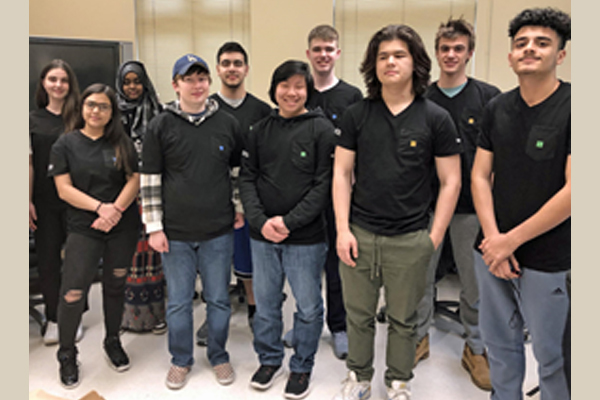Winter Quarter 2019
In January, 2019 we launched our first Digital Skills for All (DSFA) program introducing a diverse cohort of ten high school students to information technology, programming languages, and an exciting array of IT careers that involve implementing technology, such as data management, game design, and developing software and websites.
Young people today have more IT career choices open to them than at any other time in history, but for many of them, the barriers to getting the necessary training may seem insurmountable. For low-income families, or students relatively new to this country for whom English is a second language, even a two-year community college education can be challenging, especially when economic necessity drives them to find minimum wage work rather than attend classes.
According to the Bureau of Labor Statistics, the number of computer science/information technology occupations is projected to grow 13 percent over the next 5 years, faster than the average for all occupations. Employers say they can’t find enough skilled workers with the right career training. Meanwhile, many high schools are cutting career and technical education courses because they can’t find qualified teachers.
DSFA recognizes the importance of computational literacy in the 21st century and is committed to expanding the accessibility of tech learning and job opportunities to diverse populations, including refugees, immigrants, minorities, and ESL learners. Our goal is to help close the digital divide and provide these populations with the career readiness skills that are necessary in today’s technical job market, and help motivate them to attend college classes in computer science. By designing a training program that addresses local tech industry needs, we can connect students with job shadowing and internships that match their skills where they can continue to learn on the job and get the experience they need to grow a career.
We begin by introducing students to an array of job opportunities in technology. This overview breaks down the complex and intimidating nature of tech to help them understand that it is a fun and creative field that is constantly evolving. Then, using a hands-on project approach, students “learn by doing” as they absorb and practice the tech skills they are learning. We are teaching students Agile Development and Scrum, one of most commonly used forms of Agile. This approach to team-based project work centers around inquiry and critical thinking and encourages communication, productive teamwork, creative problem-solving, iterative decision making, and reduces time spent on unknown variables which are prone to change.
Students identify projects they are interested in, and then we teach the coding and other components they will need to learn in order to complete the project. Students do “sprints” by breaking into small teams to complete specific tasks in collaboration with each other and a designated Scrum leader.
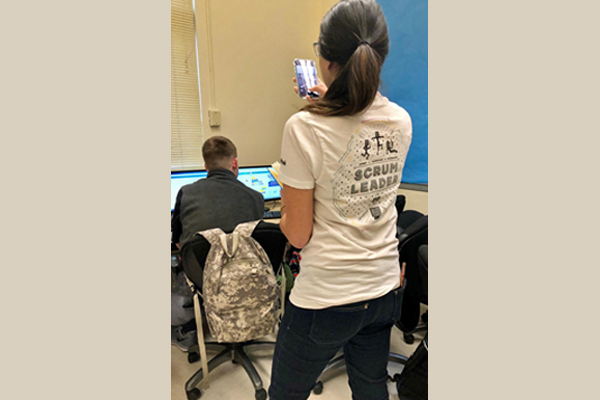
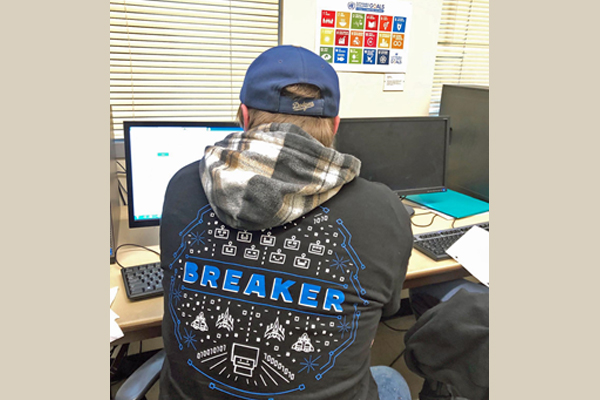
Site visits from industry professionals and guest speakers who enjoy sharing what they know provide students with the opportunity to expand the skills they are using to complete their projects and motivates them to pursue one of the many tech careers open to them.
For example, winter quarter, Big Fish Games graciously invited the students to their Downtown Seattle workplace to learn about game development and testing. The Big Fish team members spoke about their individual jobs and the work that goes into the initial design, implementation, testing, and other insider job information that students would find difficult to learn on their own.
In another unit, students were visited by a data analyst from Indigo Slate who introduced them to the multi-disciplinary field of Data Science and how it uses scientific methods, processes, algorithms and systems to extract knowledge and insights from data.
This professional exposure inspires students and helps them to develop their interests based on the hands-on work they are doing and what they are learning from people in the industry. When students find their passion and are shown a pathway to achievement, it gives them the direction and impetus to work towards their career goals.
The students came to us with very little, if any, tech knowledge. In this first quarter of our program, they were able to create games with a social impact using Google Scratch, build simple web pages using HTML and CSS, and create an application using Chatfuel Chatbot technology. They were introduced to JavaScript as well as learning how to build a simple data analysis project using Python.
At the end of first quarter, proud family and friends were able to see students present their work and receive their first quarter completion certificates.
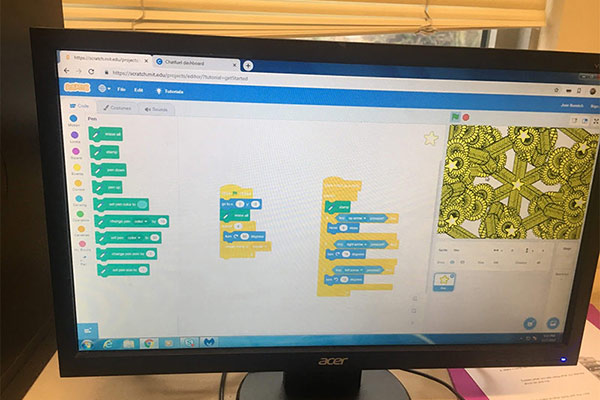
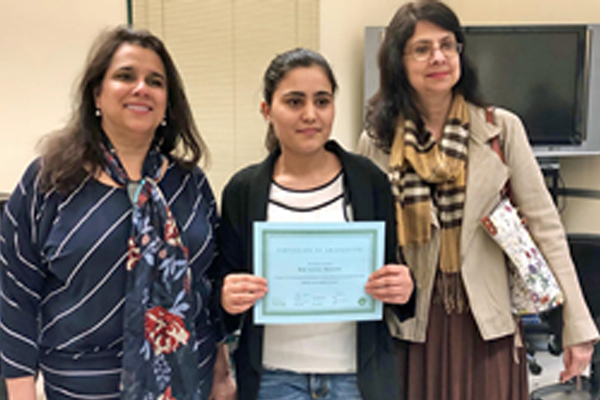
“Trash Dash,” pictured below on the left, is a game where the user picks up trash from the beach and deposits it into the trash can. Every time trash hits the can, it projects a fact about the growing problem of garbage in our oceans.
“Islamaphobia,” pictured on the right, addresses racial/cultural bias and aims at educating the user on the problem of Islamophobia and how to recognize and mitigate potential conflicts.


As we listen to our students, our program grows in depth and knowledge. We are all growing and learning together as part of an engaging collaboration between students, educators, and industry professionals; it’s an amazing experience! It’s exciting to watch our students’ confidence grow, finding their voice and expressing their thoughts as they learn tools that enable them to create with purpose.
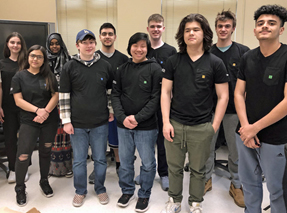 Spring quarter we continue to deepen our learning and sharpen skills as we build more applications and programs. Students are tackling a new set of projects and new programming and design challenges while growing teamwork and collaboration skills. It’s exciting and inspiring for us all to help create the future and bring young, diverse voices to the table of the growing importance of technology in our world.
Spring quarter we continue to deepen our learning and sharpen skills as we build more applications and programs. Students are tackling a new set of projects and new programming and design challenges while growing teamwork and collaboration skills. It’s exciting and inspiring for us all to help create the future and bring young, diverse voices to the table of the growing importance of technology in our world.

